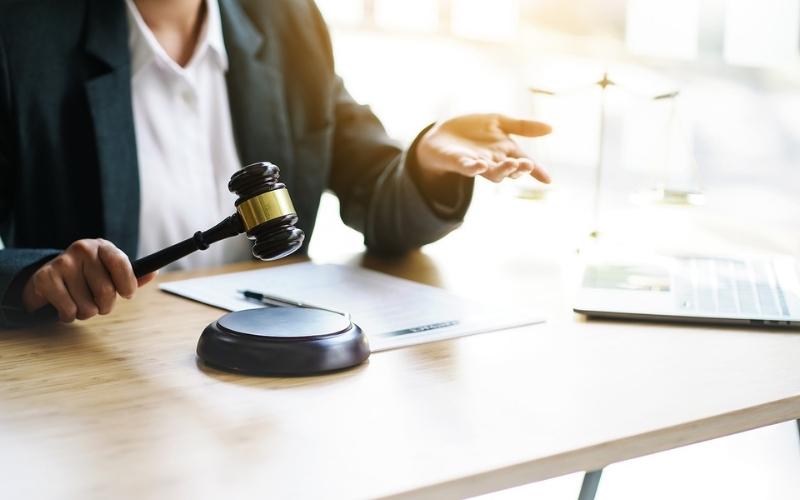When it comes to finding talent for your company, you have high expectations. You dream of filling your workplace with the most intelligent, driven, and passionate people — people who understand your ethos and share your values. With a team full of people like this, you know you could level up your business goals and achieve more.
It makes sense, then, that you would widen your talent pool in whatever way you could to find these star candidates. Why would you hire from one country when you could hire from anywhere in the world?
Taking away geographical limitations for hiring can free you to seek talent that fits your values and needs without worrying about location. You can fill skills gaps more quickly by hiring contingent workers, recruit with greater flexibility when you need temporary expertise, find the exact combination of experiences that will empower a new employee to succeed at your company, and increase the diversity of backgrounds and cultures within your team.
A global talent recruitment strategy has another major benefit: If your company is looking to expand or pivot into new territory, learning how to hire an employee from another country will be key to enter those new markets. Before you launch a new global talent recruitment program, however, it’s critical to understand the obstacles you might face and the resources you’ll need at your disposal to make your global hiring practices successful.
Employment Laws in Other Countries: A Guide to Worker Classification Law
As you gear up to expand your workforce internationally, navigating employment laws in other countries can significantly slow down your progress. Different territories will present very different hoops to jump through. Unfortunately, you can’t simply copy and paste your U.S. recruitment approach abroad.
Understanding employment law in different countries is one of the biggest challenges you’ll face when hiring globally. And engaging a worker as an independent contractor is not an easy workaround. How a worker is classified and what that classification means for their pay, rights, and entitlements varies greatly in different countries. Here’s an overview of some common worker classification and employment laws in other countries:
Workers in the U.S.
In the U.S., a worker is judged to be an independent contractor through a combination of factors, including whether the work they perform is extraneous to the everyday running of a business. The “ABC test,” followed by some states, can act as a guide. However, the final classification usually comes when a worker’s classification is disputed in court. Courts will then use the “right to control” test, which assesses which party — the worker or the employer — has ultimate control over the work.
Workers in Europe
In Europe, individual countries are responsible for classifying workers, but the European Union still has its own set of employment laws. Therefore, a country could award a worker independent contractor status while that person still counts as an employee under EU law. The relationship between worker and company is important; in many cases, if the work is under the control of the company, an employee relationship will be assumed. However, certain countries have other classifications. In France, for example, freelance workers can join a “portage” company, which acts as a sort of third-party employer, conferring more steady benefits and protections while retaining flexibility.
Workers in the U.K.
The U.K. has several different worker classifications that are similar to independent contractor classification. Part-time workers, for example, are entitled to certain rights — such as holidays and overtime pay — that put them on more equal footing with full-time employees. Protections for contractors, apprentices, and self-employed workers also vary significantly, and it’s important to be clear on which classifications work best for your use case.
Workers in Asia and the Pacific
Countries in the Asia-Pacific region vary wildly, so companies must be ready to explore the different worker classification laws as they recruit in different territories within the region. In India, for example, independent contractors are protected with special rights that prohibit companies from controlling their hours and work methods. In China, any worker who follows a company’s rules can be classified as an employee.
Workers in Latin America
Latin America has a slightly different approach than the above countries, and most work relationships are considered to be employment relationships under their worker classification laws. Whether a person works full-time, part-time, or as a contractor, most Latin American countries consider the worker to be entitled to the same employment benefits.
Understanding worker classification laws is complex, so if you’re still wondering how to hire an employee from another country, consider working with an experienced global employer of record. A global EOR can help you make sense of each new territory you enter, so you can gain all the benefits and advantages of a global workforce without risking compliance issues.
Innovative Employee Solutions is a leading global employer of record that specializes in payrolling and contractor management services for today’s contingent workforce. Hire quickly and compliantly in more than 150 countries to fill skills gaps — all without having to set up business entities in each location. Learn more about how our global workforce solutions can help you stay compliant here, and read our latest whitepaper on global talent recruitment, “Hiring Contingent Workers from Other Countries.”
Written by: Sara Jensen, Senior Vice President of Growth and Strategy at IES
Sara Jensen is the senior vice president of growth and strategy at Innovative Employee Solutions (IES), a leading global employer of record in more than 150 countries that specializes in payrolling and contractor management services for today’s contingent workforce. Founded in 1974 in San Diego, IES has grown into one of the city’s largest women-owned businesses and has been named one of its “Best Places to Work” for 10 years in a row.







